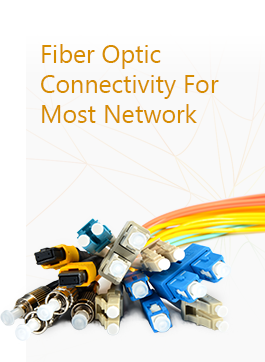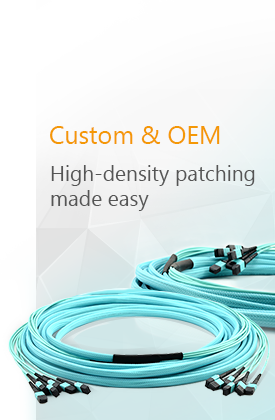In the realm of fiber optic networks, the PLC Fiber Splitter has emerged as a cornerstone for efficient signal distribution. This passive device is not just another component; it's the linchpin that enables multiple end-users to share a single passive optical fiber network seamlessly. Based on planar lightwave circuit technology, the PLC Fiber Splitter splits one or two input optical signals into multiple output signals, making it indispensable in modern communication systems.
The PLC Fiber Splitter boasts several advantages that make it a favorite in fiber optic networks. Firstly, its light splitting is exceptionally uniform, ensuring that the optical signal is evenly distributed to numerous end-users. This uniformity is crucial in maintaining the integrity of the signal over long distances and through various network nodes. Secondly, the PLC Splitter's compact structure and small volume make it easy to install in various transfer boxes without requiring extensive space. This feature enhances its versatility and adaptability in different network configurations. Lastly, the cost advantage becomes more evident as the number of branch channels increases, making it a cost-effective solution for large-scale network deployments.
When using PLC Fiber Splitters, several precautions should be taken to ensure optimal performance and longevity. Before installation, it's essential to prepare tools like alcohol-based cleaning fluid and dust-free wiping papers. Wearing clean gloves or finger cots is also recommended to prevent contamination. During installation, ensure that the product packaging is intact and that the fiber connectors are clean and dust-free. Proper cleaning of the fiber connector endfaces is crucial; use the cleaning fluid and wiping papers to gently wipe in a single direction, avoiding back-and-forth motions that could damage the endface.
In terms of parameters, PLC Fiber Splitters support a wide range of specifications tailored to different network needs. They typically operate within a wavelength range of 1260 to 1650 nanometers, making them compatible with various fiber optic systems. The insertion loss, a critical parameter, is typically low, with values such as 3.7 dB for a 1x2 splitter and increasing with the number of output ports. The uniformity of the loss across all output ports is also well-controlled, ensuring consistent signal strength at each end-user location.
Moreover, PLC Splitters are available in various configurations, including 1xN and 2xN types, where N can range from 2 to 128 or even higher. This variety allows network designers to choose the most suitable splitter for their specific requirements. Additionally, PLC Splitters come in different packaging types, such as bare fiber, miniature steel tube, ABS box, tray-type, rack-type, and miniature plug-in, providing flexibility in installation and deployment scenarios.
In conclusion, PLC Fiber Splitters are indispensable in modern fiber optic networks, offering uniformity in light splitting, compact design, and cost-effectiveness. By adhering to proper installation and maintenance practices, network administrators can ensure that these devices operate reliably, enhancing the overall performance and reach of their communication systems. Whether you're deploying a new network or upgrading an existing one, consider PLC Fiber Splitters for efficient and seamless signal distribution.


